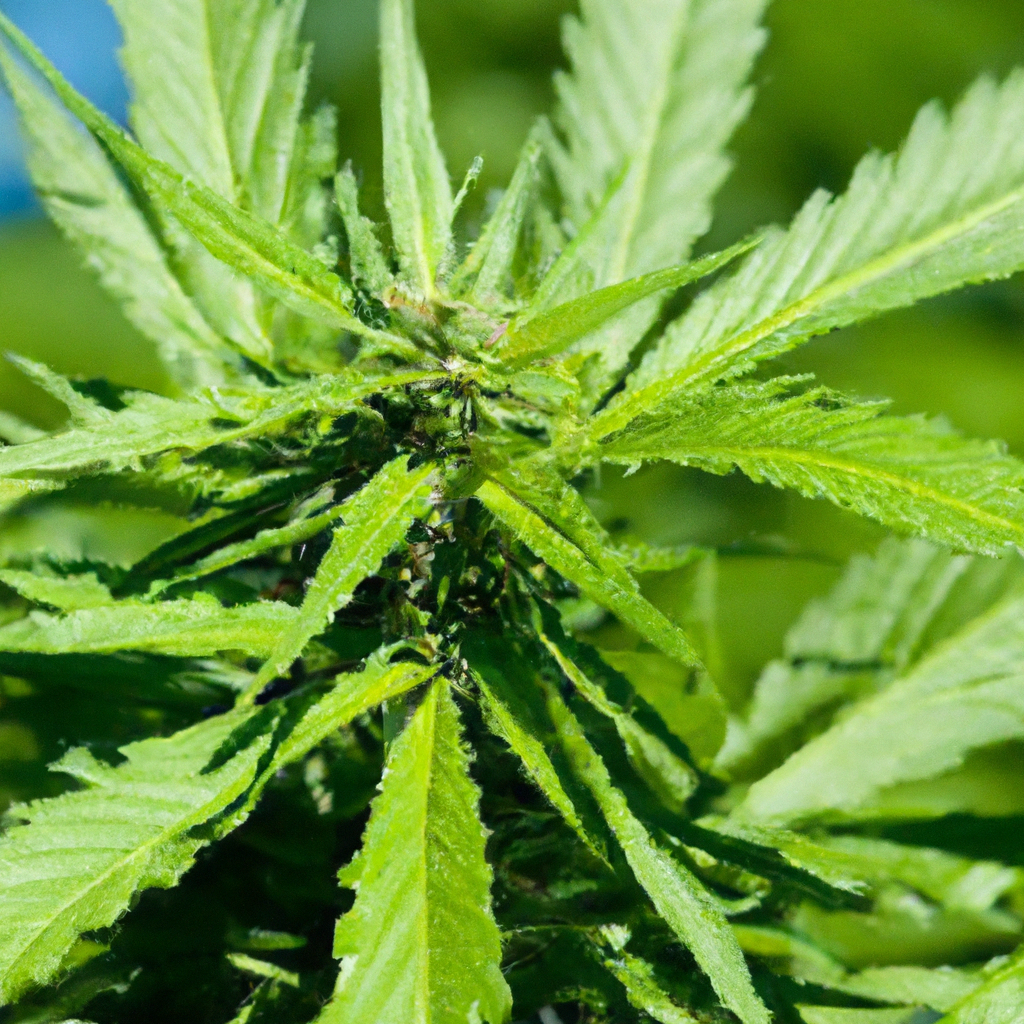By John “Magic” Greenleaf
“Growing greatness, one strain at a time.”
Introduction
Welcome to the world of high-altitude cannabis cultivation, where the air is thin, the sun is bright, and the growth potential is sky-high. As a cannabis cultivator with decades of experience growing in Colorado’s unique climate, I’ve come to appreciate the intricacies of high-altitude growing. While the challenges can be significant, the rewards—if you know how to harness them—are worth every effort.
Mastering the High-Altitude Environment
High-altitude cannabis growing doesn’t only involve battling the elements—it’s about using them to your advantage. Here are some strategies to adapt your cultivation practices for altitude:
- UV Management: At higher altitudes, the exposure to UV radiation is greater. This can enhance resin production if managed properly. Consider UV supplemental lighting or reflective surfaces to harness this natural influence.
- Temperature Fluctuations: Prepare for dramatic temperature swings between day and night. Using thermal mass materials in greenhouses or automated climate controls in indoor environments can help stabilize conditions.
- Enhanced Airflow: Thinner air at high altitudes requires careful attention to airflow to ensure your plants develop strong stems and efficient gas exchange.
Watering Practices for Altitude Adaptation
Water is a precious resource, especially in high-altitude environments where evaporation is accelerated. Here’s how to manage it wisely:
- Drip Irrigation: A must-have for high-altitude growing. This method minimizes water waste and provides consistent hydration, reducing the risk of overwatering.
- Mulching: Apply organic mulch to maintain soil moisture and prevent water loss. It also helps control soil temperature, keeping roots healthy.
- Rainwater Harvesting: Take advantage of the natural precipitation. Collect and store rainwater for sustainable irrigation.
Nurture, Innovate, Grow
The high-altitude growing arena isn’t just about overcoming obstacles—it’s about pioneering innovations in cultivation techniques and resilience breeding. Here are some tips to be ahead in the game:
- Strain Selection: Opt for strains that are already adapted to harsh conditions. My personal favorite is “Stout,” a high-altitude sativa that’s robust and rewarding.
- Genetic Diversity: Experiment with crossbreeding to develop unique phenotypes that thrive at altitude.
- Innovation in Monitoring: Employ AI-based grow monitors and sensors to keep track of environmental variables and make data-driven decisions.
Conclusion
High-altitude cannabis cultivation is not for the faint of heart, but for those who adapt and innovate, the rewards are bountiful. By embracing the natural challenges of elevation, growers can unlock the full potential of their plants, producing robust, high-yielding, terpene-rich blossoms. Remember, in the end, “the altitude makes us tougher—and so does our weed.”
Feel free to share your experiences and insights in adapting your cultivation techniques for high-altitude success. For more tips and real-life examples, continue to follow my journey on MagicGreenGrow.com.
Tags: High-Altitude Growing, Sustainability, Advanced Genetics, Environmental Control, Organic Cultivation


Leave a Reply